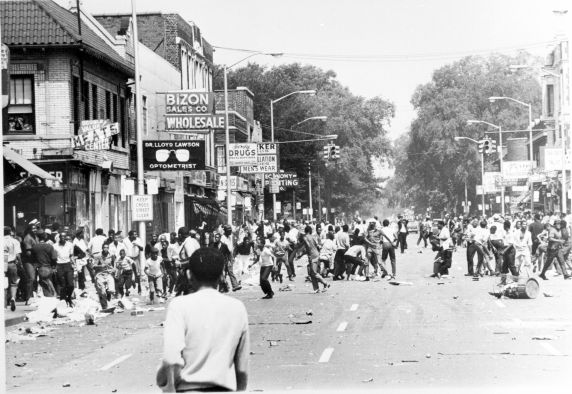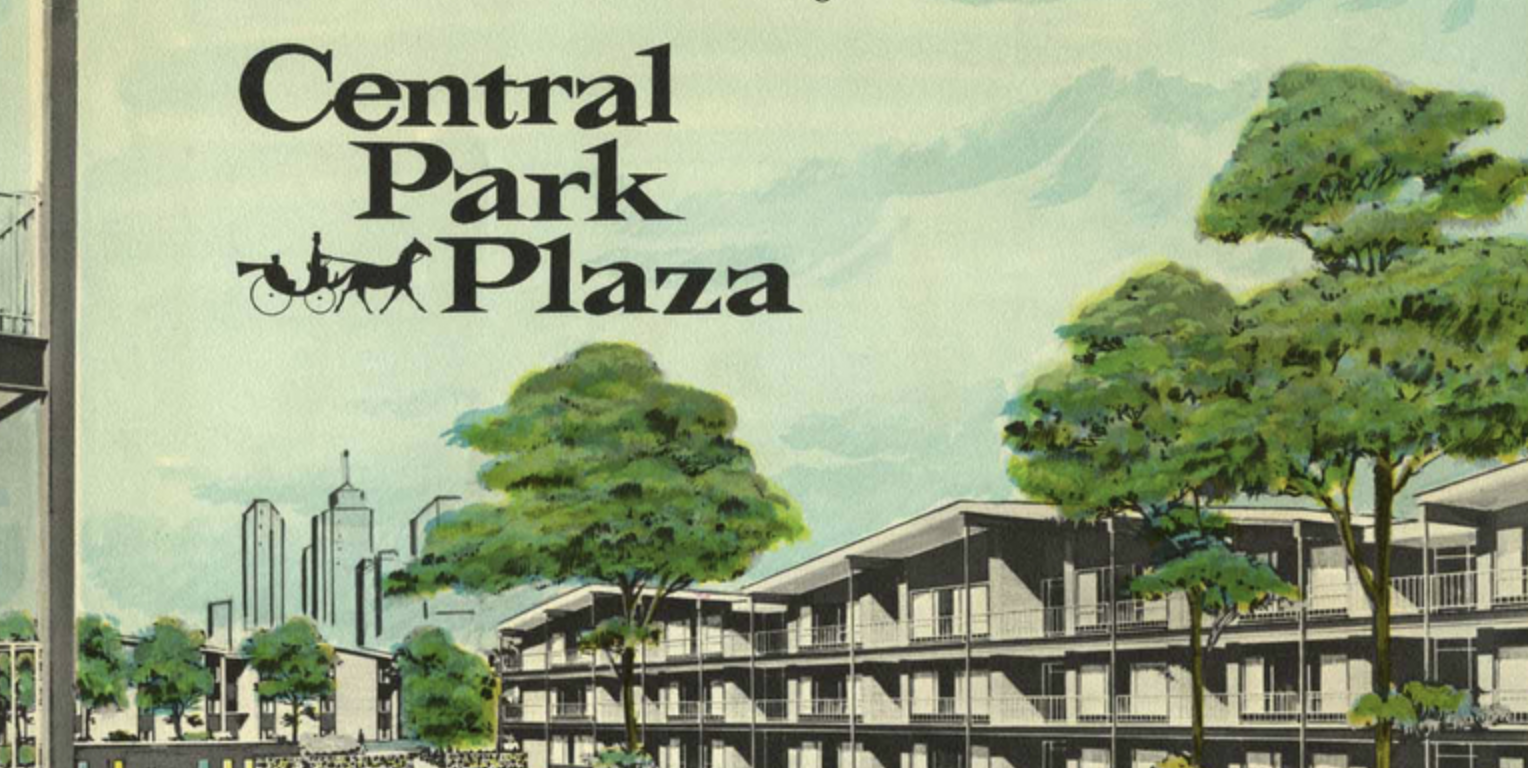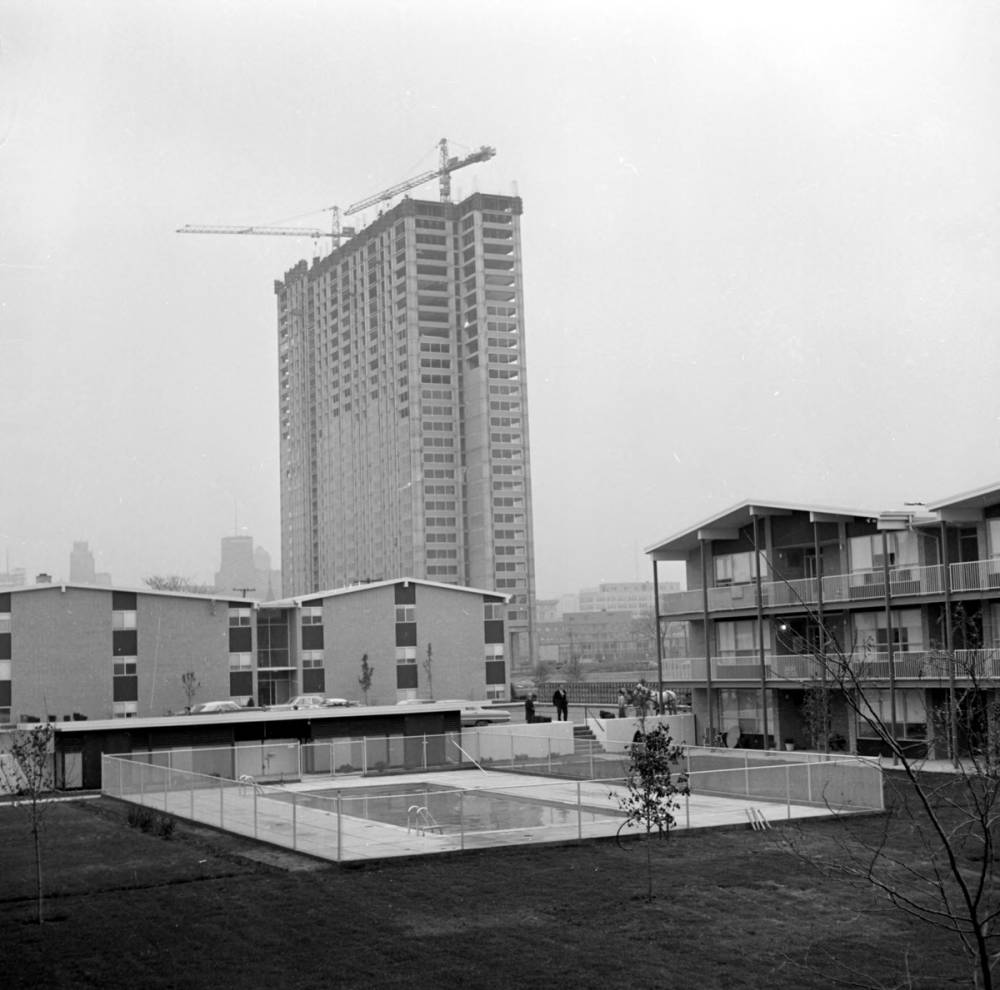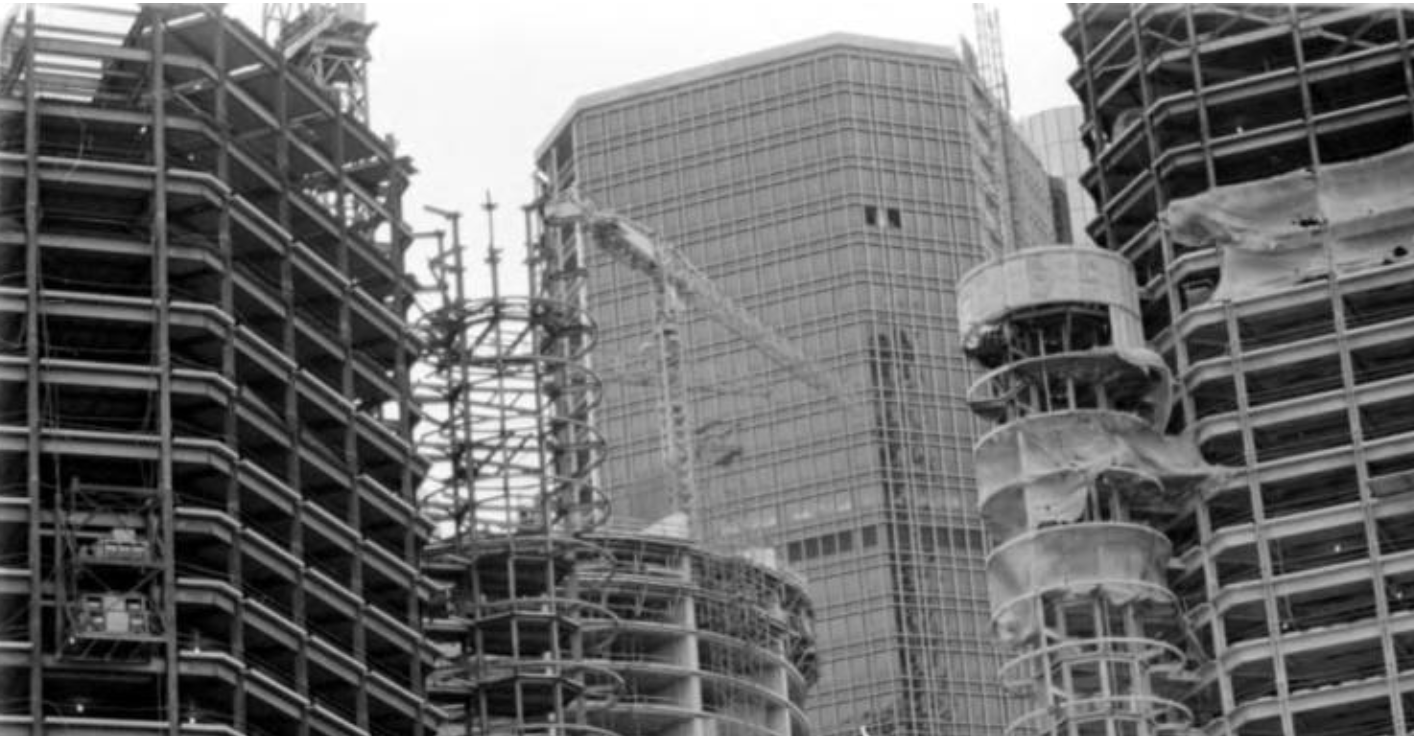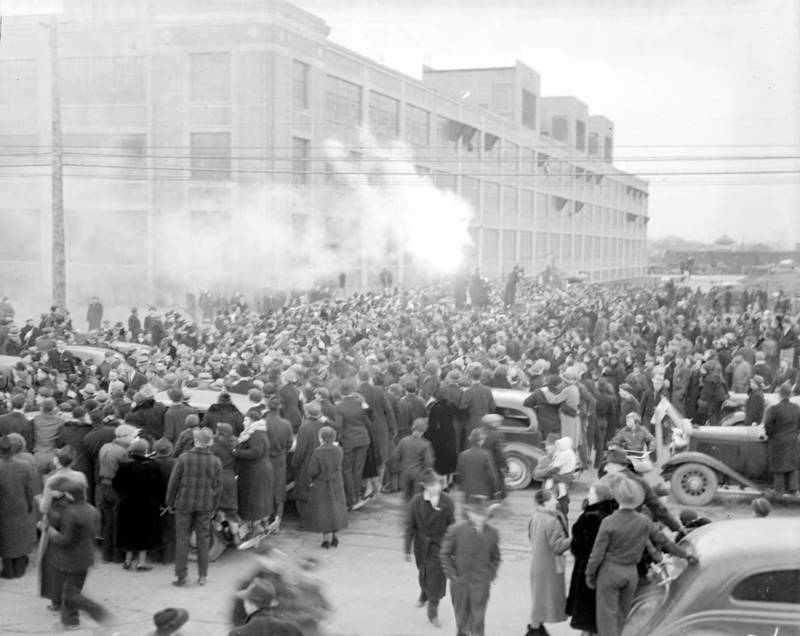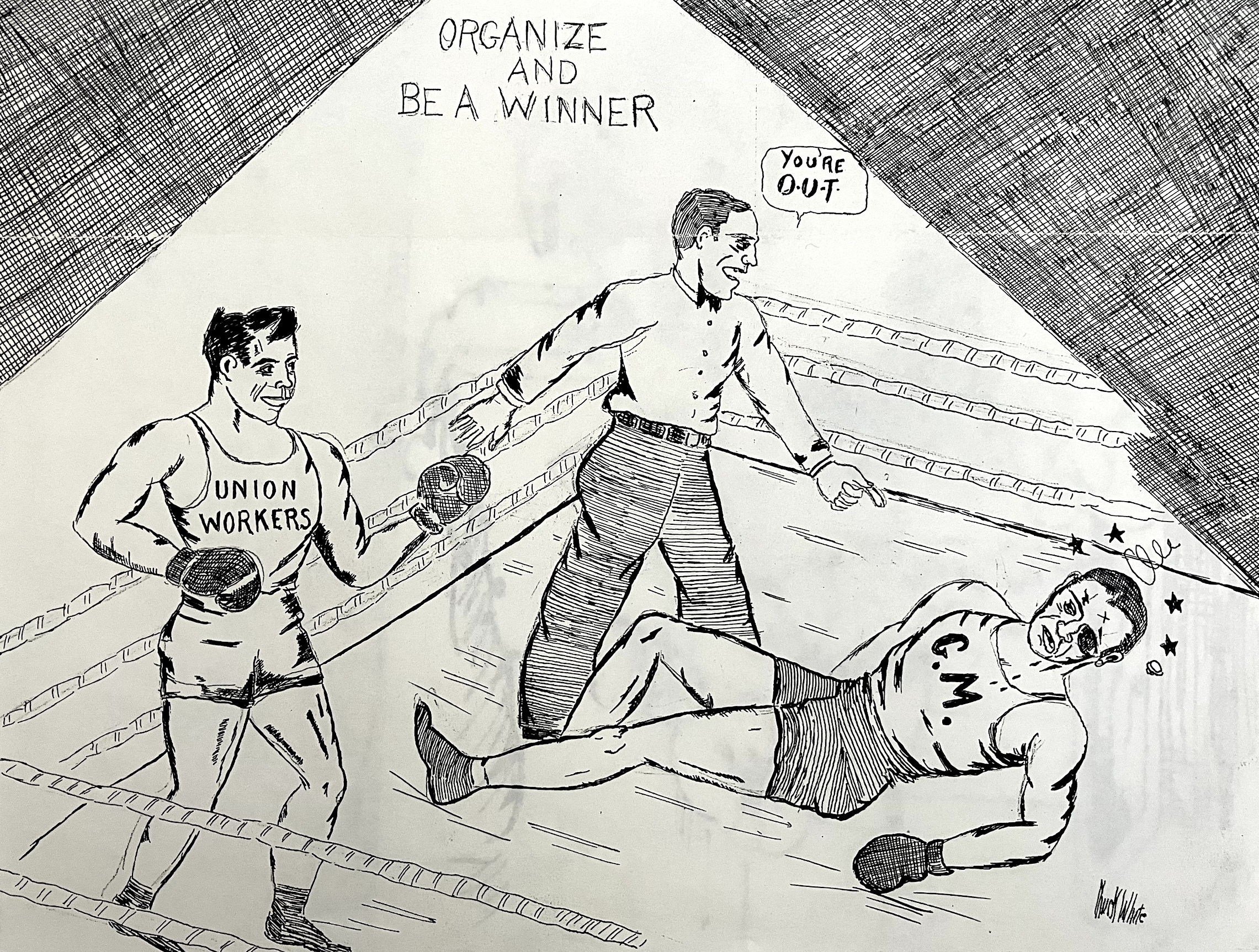Search
7 items
-
The Uprising
Using primary and secondary sources, students will explore the 1967 uprising in Detroit and compare it to other moments of civil unrest in the city. -
The Effects of Urban Renewal
This unit plan has been designed for a 6th grade Social Studies class and takes place over 8 days. In this unit, students will analyze the city and learn more about Detroit neighborhoods, becoming informed about how urban renewal began and has affected citizens from the past to now. On day 1, students will explore what urban renewal is and how it is defined. The unit then leads into lessons focusing on areas of Detroit that urban renewal has affected in the past and how those effects have created challenges for Detroiters in the present, a debate discussing if urban renewal is ultimately good or bad, and a brochure project in which students will research their own neighborhoods and find evidence of urban renewal and changes that have been made to the area overtime. The unit ends with a field trip and scavenger hunt surveying areas of Detroit discussed in class. -
Unit Plan - Black Bottom and Paradise Valley, Where did they Go?
This unit plan talks about the Black Bottom and Paradise Valley neighborhoods in Detroit, including what they are, where they were, what happened to them, and the thoughts and attitudes of the people that lived there when they had to move. There are lots of hands-on activities included, an interview project, and a field trip and we include many books and websites to use as well. There are lots of social studies standards and different aspects of social studies are also covered. After completing this unit, students will have a real understanding of the Black Bottom and Paradise Valley neighborhoods, why they are so significant, and why they should know about them. -
"Rebirth of Detroit" 1967-1974
In this unit, students will explore the rebirth movement of Detroit after the years of civil unrest in the city, specifically the development during the years of 1967 to 1974. Many people were in agreement that the city needed to be improved, but the actions that were taken to do so were often controversial. Students will also be able to see the connection of this original rebirth movement to the current-day, Downtown developments to the city. The unit will be centered around the overall inquiry/guiding question: “Have the previous and current ‘improvement’ efforts been an overall ‘good’ or ‘bad’ idea for the city of Detroit and its residents?” -
In what ways did the War on Racism divide citizens in Detroit?
This lesson explores examples of efforts to integrate schools by exploring the experience of Ruby Bridges as well as efforts to integrate public housing by exploring the history of the Sojourner Truth Homes in Detroit. -
Why did the industrial revolution demand society to develop new ideas for managing large groups of individuals? By Amy Nytko and John Wilson
Supporting Questions: What were the working conditions in the factories? Were women who worked in factories treated unfairly? Were workers who chose to unionize treated unfairly? -
What were the effects of the Ford Hunger March on the advancement of workers' rights and the perception of organized labor in the US during the Great Depression? By Gabby Avila
Supporting Questions: What were the key factors that led to the organization of the Ford Hunger March and the participation of workers during the Great Depression? What do primary sources reveal about the experiences and motivations of participants in the Ford Hunger March, and how do these perspectives vary among different individuals or groups involved? How did media coverage of the Ford Hunger March shape public opinion about the labor movement and the demands of industrial workers?
